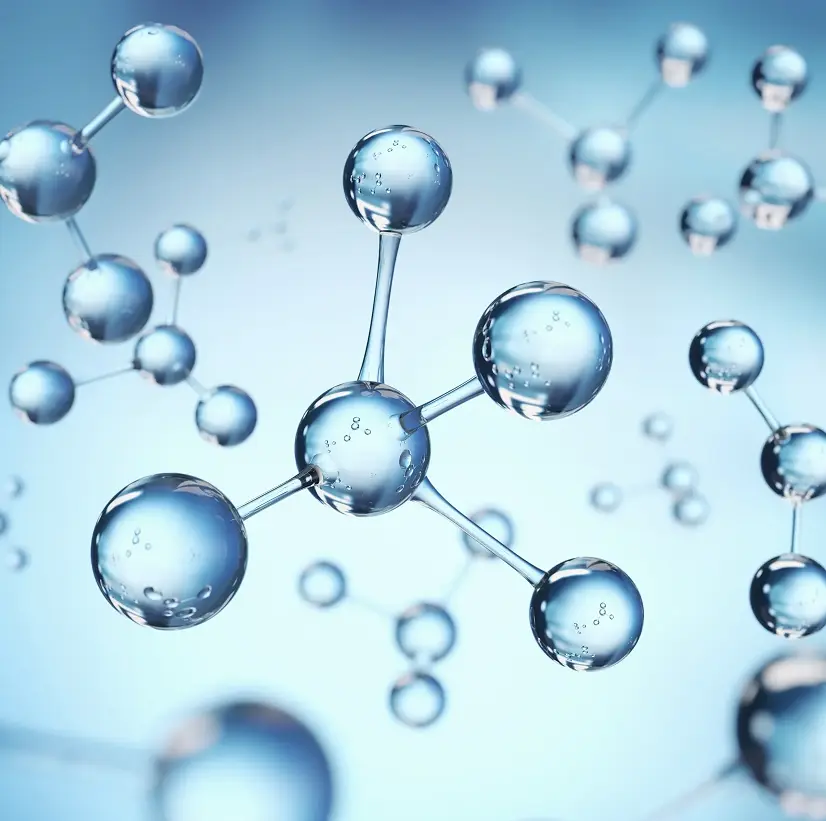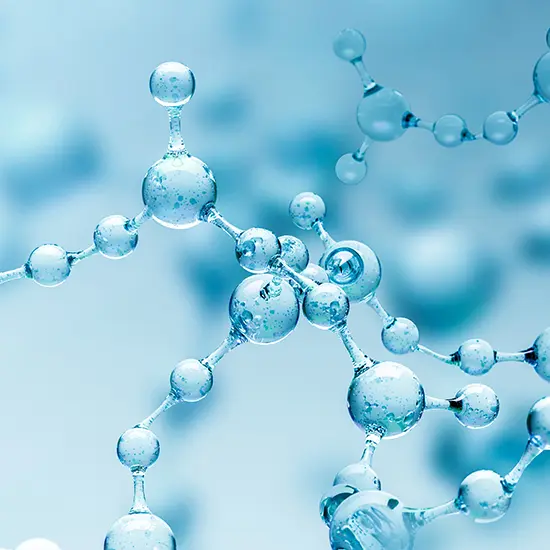PROMO!
First order? Get 10% OFF with this code: 1storder
Peptide bonds join amino acids together to form a peptide chain. These bonds create the main structure used in research peptides. During formation, one amino acid links to another and releases a small amount of water. This reaction produces a stable and reliable bond that supports controlled laboratory studies.
Peptide bonds play a key role in research because they shape how a peptide folds, behaves, and breaks down. Strong and accurate peptide bonds help a peptide stay stable during testing. When the bond structure is precise, the peptide shows consistent activity and delivers dependable data. If peptide bonds are weak or incorrect, the peptide may lose structure or degrade faster than expected.
Peptide bonds appear in all peptides used for scientific work, including analytical studies, method development, and structural research. These bonds guide the overall stability and performance of any peptide sequence.
A clear understanding of peptide bonds helps researchers select peptides that match study goals and quality needs. Stable peptide bonds lead to better results, stronger data, and improved confidence in laboratory outcomes.


Peptide bonds form through a controlled reaction that joins two amino acids. The process begins when the carboxyl group of one amino acid becomes activated. This activation allows the amino group of the next amino acid to attach. When the two groups connect, a small amount of water leaves the reaction. This single step creates a stable link and moves the sequence forward.
In research, peptide bonds often form through solid-phase peptide synthesis. This method uses protected amino acids and specific reagents to add one unit at a time. Each cycle focuses on creating a clean and accurate bond. The conditions must stay consistent to prevent unwanted reactions or incomplete links.
Peptide bond formation in research also depends on strong coupling efficiency. Higher efficiency reduces the chance of missing amino acids and supports cleaner purification. When peptide bonds form with accuracy, the final peptide shows reliable structure and predictable performance during analysis, stability checks, and method development.
Peptide bonds are found in every peptide used in research. These bonds link amino acids together and form the backbone of each sequence. Any peptide, whether short or long, contains peptide bonds that hold the chain in place. These bonds appear anywhere amino acids connect, from small research peptides to larger peptide fragments used in analytical work.
Peptide bonds are also present in proteins. Proteins contain long chains of amino acids, and each link in these chains depends on a peptide bond. Because of this, peptide bonds appear in cells, tissues, enzymes, and many natural structures. In research settings, these same bonds allow synthetic and natural peptides to maintain stable shapes during testing.
Peptide bonds can be found in isolated peptides, purified samples, and reference materials prepared for method development and structural studies. Each sample relies on peptide bonds to keep the full sequence aligned. When peptide bonds remain stable, the peptide retains its structure and behaves as expected during analysis.
Peptide bonds appear anywhere an amino acid connects to another, making them essential in every peptide-related study.

Key structural features of peptide bonds determine how a peptide chain folds, interacts, and maintains stability during research use. These features influence conformational behavior, secondary structure, and the overall reliability of peptide-based studies.
Planar Geometry : Peptide bonds adopt a rigid, planar arrangement due to resonance between the carbonyl and amide nitrogen. This geometry limits flexibility and helps maintain a defined backbone structure.
Partial Double-Bond Character : Resonance gives the bond partial double-bond properties. This strengthens the link and reduces rotational freedom around the C–N axis, supporting more predictable conformations.
Restricted Rotation : The limited rotation around peptide bonds forces the backbone into specific orientations. This restriction guides alpha-helix and beta-sheet formation and improves structural consistency during analytical work.
Trans Configuration Dominance : Most peptide bonds occur in the trans configuration, minimizing steric interference between side chains. This arrangement stabilizes the peptide backbone and supports cleaner folding patterns.
Stable Backbone Connection : Peptide bonds provide a highly stable amide linkage that resists many spontaneous reactions. This stability allows sequences to maintain integrity during synthesis, purification, and research applications.
Researchers care about peptide bonds because these links influence how a peptide performs in controlled studies. The accuracy and stability of each bond affect how the peptide responds to analytical tools, how it behaves under different conditions, and how reliably it supports data collection.
When peptide bonds form correctly, the peptide shows consistent behavior during quantitative work, kinetic studies, and structural analysis. This consistency allows researchers to compare results, confirm methods, and build stronger conclusions. Peptide bonds also matter because they support predictable interactions within the peptide chain. Stable bonds help the sequence maintain its structure during purification, storage, and repeated testing.
This reliability reduces experimental variation and strengthens the precision of research outcomes. Since peptide bonds guide the peptide’s conformation and long-term performance, they play an essential role in generating clear, reproducible, and trustworthy data in any research environment.
ALL CONTENT AND PRODUCT INFORMATION AVAILABLE ON THIS WEBSITE IS FOR EDUCATIONAL PURPOSES ONLY.
DISCLAIMER: These products are intended solely as a research chemical only. This classification allows for their use only for {name} research development and laboratory studies. The information available on our Peptide Works website: https://peptide-works.com/ is provided for educational purposes only. These products are not for human or animal use or consumption in any manner. Handling of these products should be limited to suitably qualified professionals. They are not to be classified as a drug, food, cosmetic, or medicinal product and must not be mislabelled or used as such.